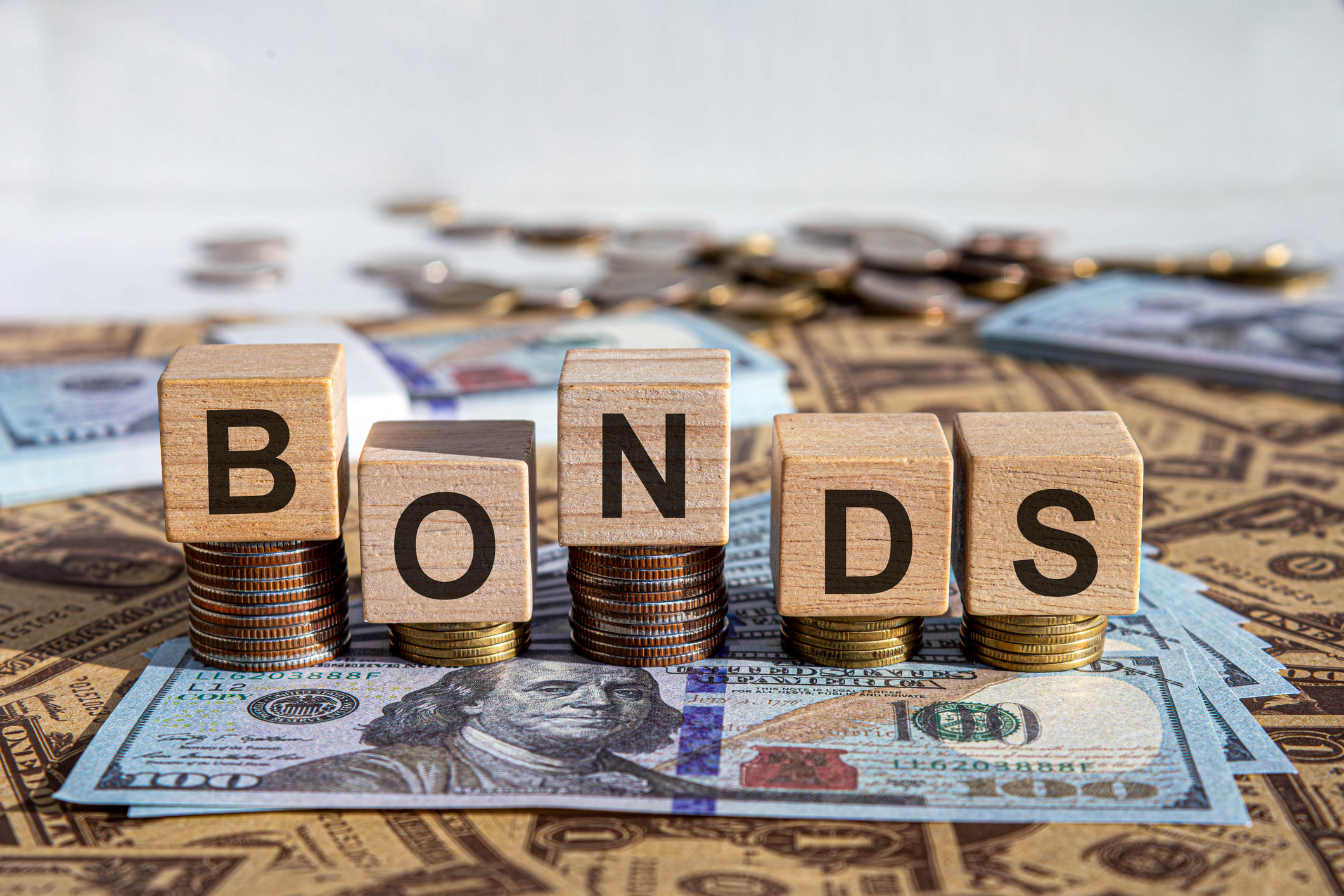Kiplinger 25: Our Favorite No-Load Mutual Funds for 2011
Four new funds join this year's list of our top choices.
For a second consecutive year, nearly everything worked in investing. Stocks, domestic and foreign, produced handsome double-digit gains over the past 12 months. Commodities surged and bonds rose. What are the odds of a three-peat over the next 12 months? It could happen, but there are plenty of risks out there, and the need to build a diversified portfolio remains paramount.
The U.S. economy is growing again, but unemployment remains stubbornly high and the consequences of unprecedented fiscal and monetary stimulus may not be pleasant. Europe's debt problems remain unresolved. The economies of several emerging markets, including China, are overheating, leading to a buildup of inflationary pressures. A civil war in Libya is helping to push up oil prices. The disaster in Japan will slow growth there and could have a ripple effect around the globe (see SPECIAL REPORT: Crisis in Japan).
Given the shifting landscape, we have made some changes to the Kiplinger 25, a list of our favorite no-load funds. Because interest rates are likely to rise from today's low levels, we have added a bond fund that generates high income while remaining relatively well-insulated from rising rates. Plus, with risks and growth patterns shifting around the world, we have included a nimble global stock fund with an ability to pick and choose from the entire universe of stocks. We have also added a large-company U.S. stock fund that exhibits relatively low volatility.
From just $107.88 $24.99 for Kiplinger Personal Finance
Become a smarter, better informed investor. Subscribe from just $107.88 $24.99, plus get up to 4 Special Issues

Sign up for Kiplinger’s Free Newsletters
Profit and prosper with the best of expert advice on investing, taxes, retirement, personal finance and more - straight to your e-mail.
Profit and prosper with the best of expert advice - straight to your e-mail.
Our criteria for selecting funds have not changed. We prefer funds that charge low fees, boast solid records and are run by managers in whom we have confidence. Extra points are given to funds with low turnover and a record of preserving as well as growing capital.
Loading Up on Mortgages
Before his acrimonious departure from TCW in December 2009, Jeffrey Gundlach's TCW Total Return (symbol TGLMX) had produced more than a decade of chart-topping returns, all achieved with remarkably low volatility. Gundlach then set up his own outfit, DoubleLine Funds, and with his longtime partner at TCW, Philip Barach, launched DoubleLine Total Return Bond (DLTNX) in April 2010. The results thus far have been dazzling. From its inception through March 10, Total Return gained 19%, which is 13 points better than the Barclays US Aggregate index. The fund yields 7.8%, making it appealing to those who are willing to invest in out-of-the-box securities in search of high income. The minimum investment for the lower-fee institutional class (DBLTX) is $100,000 for taxable accounts, but it’s only $5,000 for IRAs.
As they did at TCW, Gundlach and Barach focus on mortgage-backed securities, which Gundlach calls "the dominant opportunity in the fixed-income arena." This is not because the pair are optimistic about the U.S. housing market -- far from it. Gundlach, a natural skeptic, thinks already depressed housing prices could decline an additional 10% to 15%.
Rather, Gundlach thinks the potential gains outweigh the risks. In particular, Total Return is much less exposed to rising interest rates than the typical bond fund. The key, says Gundlach, is his use of a "barbell strategy." By this, Gundlach means that his fund employs two opposing strategies whose risks neatly offset one another. At one end of the barbell are government-guaranteed mortgage securities, such as Ginnie Maes. Gundlach buys mostly long-maturity government-agency-backed mortgages, so he's taking on some rate risk but ostensibly no credit risk.
At the other end of the barbell are riskier, non-guaranteed mortgages, generally purchased at steep discounts to their face value (the price of the non-agency debt in the portfolio recently averaged 83 cents on the dollar). These investments have credit and default risk but little interest-rate risk.
Gundlach and his team of 30 mortgage specialists subject the lower-quality pools of mortgages to a variety of stress tests. For example, they estimate what will happen to the prices of these securities if defaults turn out to be higher than expected. Gundlach says he buys when "the prices offer a cushion of safety."
Following Buffett's Path
Here's how BBH Core Select (BBTEX), which invests in stocks of large companies, describes its mission: The fund seeks to identify high-quality businesses that sell essential products and services, command strong customer loyalty and can prosper even when the overall economy doesn't. The firms should generate copious amounts of cash, be leaders in industries that are expanding and possess sustainable competitive advantages. The balance sheets should be rock-solid, and the managers of these businesses should be people of high integrity who are skilled at investing capital.
If these criteria sound remarkably like those of Warren Buffett, it's for a good reason. Core Select's three co-managers -- Richard Witmer, Timothy Hartch and Michael Keller -- are Buffett buffs. Staring down at them in their office in New York City is a plaque with this exhortation from the Oracle of Omaha: "Your goal as an investor should be to purchase, at a rational price, a part interest in an easily understandable business whose earnings are virtually certain to be materially higher five, ten and twenty years from now." (See FUND WATCH: 4 Great Mutual Funds That Emulate Buffett for more Warren wannabes.)
Hartch, who began managing the fund with Witmer in October 2005 (Keller joined in June 2008), says that about 150 companies, domestic and foreign, meet the team's qualitative criteria. But because the managers hold only 30 to 40 stocks, they are sticklers for price. They'll buy only if a stock sells for at least 25% less than their estimate of the underlying company's intrinsic, or true, value.
For instance, the managers long had Visa, the credit card giant, on their radar screen. When the stock fell in late 2010 due to government efforts to regulate debit-transaction fees, BBH pounced. "Visa is a company that we admired for a long time," says Keller. "We finally got a chance to buy it when the stock was under stress."Buying resilient, high-quality businesses when they're on sale helps to mitigate risk. BBH held up better than most funds in the 2007-09 bear market, surrendering 14 percentage points less than Standard & Poor's 500-stock index lost. And the fund has been almost 20% less volatile than the index.
Scouring the Globe
The rise of global investing is no fad. Emerging markets now generate the lion's share of world economic growth each year. Investment borders are blurring: Where a company generates its sales and profits matters more than where its headquarters happens to be.
Oakmark Global (OAKGX) is designed for the changing investing landscape. This go-anywhere fund can invest in companies of any size in any part of the world. "We like being unconstrained and able to look at the entire universe," says Clyde McGregor, who co-manages the fund with Rob Taylor. "For me, this is the logical way for someone to think about investing."
Where the duo see value can vary quite a bit. For instance, the fund's allocation to U.S. companies has ranged from 27% to 60% over the years and currently rests at 38%. At times, Global has had nothing in Japan. Now Taylor, who looks after the overseas part of the portfolio while McGregor minds domestic stocks, has 21% of the fund's assets in Japanese companies, ranging from Square Enix, a small maker of game software, to Toyota Motor. At first blush, the disaster in Japan had little impact on the intrinsic value of Oakmark's Japanese holdings, says Taylor, and the selloff in the shares may have created some buying opportunities.
No matter where the businesses are based, McGregor and Taylor look for the same attributes. As value investors, they seek stocks that sell for at least a 40% discount to their estimate of a company's intrinsic worth. They look for quality businesses with high barriers to entry that generate generous free cash flow (the cash profits that can be used to pay dividends, buy back shares, acquire other companies and so on) and can earn high returns on future investments. They also want managers who think like owners and treat shareholders as partners. Global holds a stock for three years, on average, and sells it when it reaches 90% to 95% of a company's estimated worth.
As a do-it-yourself investor, you could assemble a portfolio of domestic and international stock funds, then rotate and rebalance the funds as you see fit. Or you could simply buy a fund such as Oakmark Global, which does the work for you. Over the past decade, Oakmark landed in the top 1% of the global-stock-fund category. It returned an annualized 11.1%, an average of six points per year more than the average worldwide stock fund.
Betting on Commodities
We're not hopping aboard Harbor Commodity Real Return (HACMX) because of its outsize 31% gain over the past year. In fact, this is a straight trade for a fund we've had on the list, Pimco CommodityRealReturn. Harbor is a clone of the Pimco fund, and both are run by Pimco's Mihir Worah. The only material difference is Harbor's lower fee.
The nice thing about commodities is that they tend to move out of sync with both stocks and bonds (2008 was an unfortunate exception). This makes them useful for diversifying your portfolio. And if food and energy prices keep rising, keeping some money in commodities will allow you to offset some of your rising personal costs.
See FUND WATCH: How the Kip 25 Performed Over the Past Year. View the complete list of 25 funds in FUND TABLES: Kiplinger 25 at a Glance, and review Kiplinger's Model Portfolios to find a Kip 25 portfolio to suit your particular investing style.
Profit and prosper with the best of Kiplinger's advice on investing, taxes, retirement, personal finance and much more. Delivered daily. Enter your email in the box and click Sign Me Up.
Andrew Tanzer is an editorial consultant and investment writer. After working as a journalist for 25 years at magazines that included Forbes and Kiplinger’s Personal Finance, he served as a senior research analyst and investment writer at a leading New York-based financial advisor. Andrew currently writes for several large hedge and mutual funds, private wealth advisors, and a major bank. He earned a BA in East Asian Studies from Wesleyan University, an MS in Journalism from the Columbia Graduate School of Journalism, and holds both CFA and CFP® designations.
-
 Changes Are Coming for This Invesco Bond Fund
Changes Are Coming for This Invesco Bond FundThe Invesco BulletShares 2026 Corporate Bond ETF's bonds will mature in 2026. Here's what investors should do.
-
 What Science Reveals About Money and a Happy Retirement
What Science Reveals About Money and a Happy RetirementWhether you’re still planning or already retired, these research-based insights point the way to your best post-work life.
-
 7 Retirement Planning Trends: What They Mean for You in 2026
7 Retirement Planning Trends: What They Mean for You in 2026From government shutdowns to market swings, the past 12 months have been nothing if not eventful. The key trends can help you improve your own financial plan.
-
 The Kiplinger 25: Our Favorite No-Load Mutual Funds
The Kiplinger 25: Our Favorite No-Load Mutual FundsThe Kiplinger 25 The Kiplinger 25 is a list of our top no-load mutual funds that have proven capable of weathering any storm.
-
 The 5 Best Actively Managed Fidelity Funds to Buy and Hold
The 5 Best Actively Managed Fidelity Funds to Buy and Holdmutual funds Sometimes it's best to leave the driving to the pros – and these actively managed Fidelity funds do just that, at low costs to boot.
-
 The 12 Best Bear Market ETFs to Buy Now
The 12 Best Bear Market ETFs to Buy NowETFs Investors who are fearful about the more uncertainty in the new year can find plenty of protection among these bear market ETFs.
-
 Don't Give Up on the Eurozone
Don't Give Up on the Eurozonemutual funds As Europe’s economy (and stock markets) wobble, Janus Henderson European Focus Fund (HFETX) keeps its footing with a focus on large Europe-based multinationals.
-
 Vanguard Global ESG Select Stock Profits from ESG Leaders
Vanguard Global ESG Select Stock Profits from ESG Leadersmutual funds Vanguard Global ESG Select Stock (VEIGX) favors firms with high standards for their businesses.
-
 Kip ETF 20: What's In, What's Out and Why
Kip ETF 20: What's In, What's Out and WhyKip ETF 20 The broad market has taken a major hit so far in 2022, sparking some tactical changes to Kiplinger's lineup of the best low-cost ETFs.
-
 ETFs Are Now Mainstream. Here's Why They're So Appealing.
ETFs Are Now Mainstream. Here's Why They're So Appealing.Investing for Income ETFs offer investors broad diversification to their portfolios and at low costs to boot.
-
 Do You Have Gun Stocks in Your Funds?
Do You Have Gun Stocks in Your Funds?ESG Investors looking to make changes amid gun violence can easily divest from gun stocks ... though it's trickier if they own them through funds.